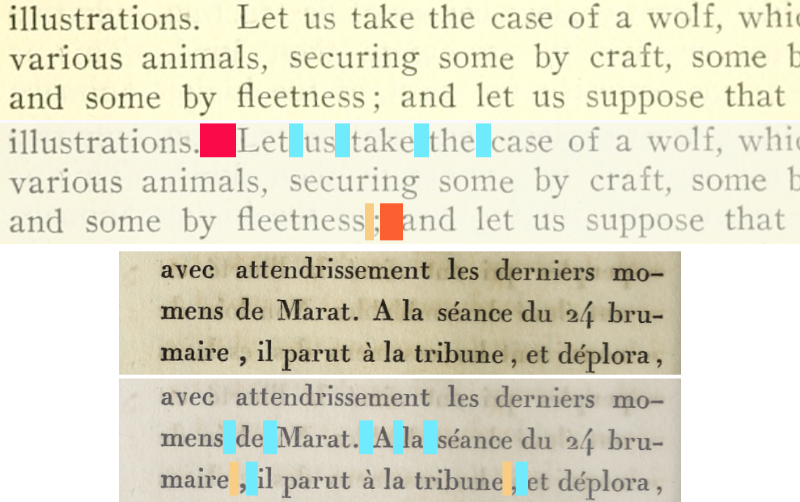Two spaces or not two spaces?
I’ve seen many people notice a change made to Microsoft Word recently: typing two spaces after a full stop (or period if you’re so inclined) will now be shown as incorrect, with the dreaded squiggle beneath it, and may be autocorrected to one space. In the strange way that unexpected things can do, there has been a lot of passion on the two-space versus one-space debate … debate may be a gracious way to call it though.
Allow me to sum up that it doesn’t really matter. Particularly now there are far more important things to think about, but I am thankful for distraction from that, and I’m sure others are too. I have to thank my partner, James, for the title. I wanted to use ‘Are two spaces better than one?’.
I want nonetheless to go down the rabbit hole for the arguments one way or the other: where does one space or two spaces come from?
Amazingly, but, perhaps, unsurprisingly, Wikipedia has an article about this very thing, because the history goes back farther than just using a keyboard with your typewriter or computer. And the thing about it is that the space between sentences changes through history.

From the earliest movable typesetting up until the middle of the 20th century, many, perhaps even most, published works used a small space between words and a larger space between sentences. The size might not be consistent, varying between double space to a full em space, but there was more space between sentences than between words. Except in France…
Well, not just in France, but ‘French spacing’ uses the same space between words and sentences, and this took off especially in the 20th century.
The summary from Wikipedia is:
- French spacing inserted spaces around most punctuation marks, but single-spaced after sentences, colons, and semicolons.
- English spacing removed spaces around most punctuation marks, but double-spaced after sentences, colons, and semicolons.
With considerable variation.
Typewriters use monospaced fonts, fonts in which all characters have the same width, and so look monotonous … or whatever the typographic equivalent is. Picking out the end of sentences with two spaces makes sense and so was taught to several generations of typists. I was taught the same when I was at school, even though I was learning on a computer.

Books and magazines, however, were switching to a small space between sentences and so this started the trend towards single spacing. Influential books on typography and style started suggesting, or insisting, on consistent spacing throughout. One space between sentences became the new normal.
Desktop publishing software will typically just typeset the text as you write it, but typesetting algorithms, such as used by TeX, still have wider spaces between sentences, so this hasn’t completely disappeared. I write my PhD thesis using LuaLaTeX, so had this typographical nicety, among many others, included in that.

In a roundabout way this can be an example for many things: people don’t like change, they stick with what they know and were taught, but also that changes can be forgotten surprisingly quickly. The change from large to small inter-sentence spacing is a subtle one that happened gradually, but I’ve felt bigger, sudden changes become ever present quickly too.

Leave a comment